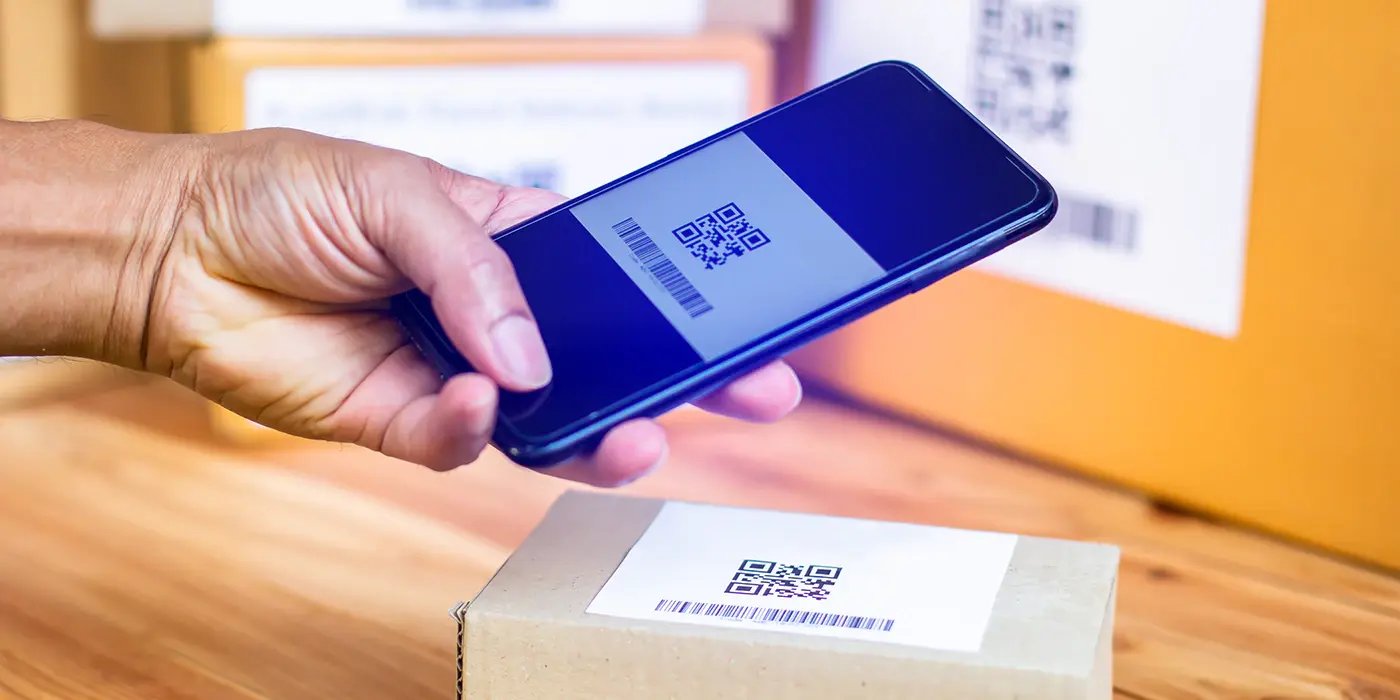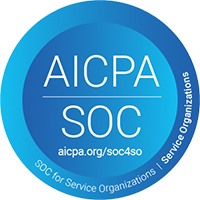Maximizing Efficiency in Inventory Management: QR Codes vs. Barcodes

Inventory management teams are tasked with developing lean and efficient processes for maintaining ideal inventory levels. Through helpful technological advancements, most businesses have transitioned into sophisticated and effective digital solutions for inventory management and away from the old way of counting and managing inventory manually.
The use of QR codes and barcodes have revolutionized inventory management practices across industries. While these two types of codes serve similar purposes, they are not exactly the same. In some cases, inventory management software cannot integrate different codes into one item identifier, so choosing between QR codes and barcodes up front is crucial. In this article, dig into the unique capabilities of barcodes and QR codes to understand which inventory tracking technology best fits your needs.
Inventory Tracking Technologies
Efficient inventory management systems use apps for keeping track of items and replenishing them. Modern inventory tracking and replenishment apps enable you to scan barcodes or QR codes to streamline inventory management processes like cycle counts, inventory audits, pulls from inventory, took check in/out, consignment management, and asset maintenance.
The Role of QR Codes and Barcodes in Modern Inventory Systems
Inventory tracking and management requires efficient methods for identifying items and quickly accessing information about those items. Both barcodes and QR codes for inventory tracking fulfill these two functions.
Instead of relying on manual data entry, inventory management teams can simply scan a barcode or QR code in inventory software to instantly view information about the product. The use of barcodes and QR codes in inventory management helps reduce errors and increase efficiency.
The Evolution of Inventory Tracking
Last century, inventory management technology began and ended with pen and paper. With the invention of barcodes, online databases and more, inventory tracking has become increasingly efficient and reliable. Now, automated systems and sophisticated software like eTurns TrackStock brings true inventory optimization within reach.
From Manual Systems to Digital Solutions
Thankfully, the days of manual ledgers are well in the past for many organizations. Today, the focus of digital inventory tracking solutions is on leveraging technology to achieve greater efficiency and accuracy. The introduction of barcodes and QR codes has been pivotal in this transition, offering a quick and reliable way to access product information.
In-Depth Look at Barcodes
Barcodes have been a staple in inventory management since the 1970s. These linear, one-dimensional symbols encode a unique identifier for each inventory item. Barcodes are simple, cost effective, and easy to use, and inventory tracking systems can decipher them efficiently with scans from a phone or a rugged handheld device. Especially since the barcode system for inventory management was one of the first technological advancements to occur in inventory management, the use of barcodes is widespread.
The downside of barcodes is that the complexity and amount of information contained in a barcode can affect its size. As a result, barcodes that contain large amounts of information can be impractically long. When it comes to labeling small items or managing information-rich products, this drawback becomes a deal-breaker.
QR Codes for Inventory Management
When inventory management teams need inventory tracking technology that doesn’t vary in size based on the data encapsulated in the code, they often turn to QR codes.
How QR Codes Transform Inventory Tracking
QR codes have expanded the possibilities for inventory tracking, allowing for more in-depth information storage without the concern of physical printing space for the code. Unlike barcodes, QR codes can store a vast amount of information in a compact space, without the size changing significantly. This makes the inventory management QR code ideal for encoding various types of data, from item specifics to tracking histories.
QR Code Capabilities and Security Features
Beyond their storage capacity, QR codes offer enhanced security features. Unlike one-dimensional barcodes, the information on QR codes can be encrypted, making them more secure. With QR codes, users also have the ability to update information in real-time, providing a dynamic tool for inventory management. QR codes can store information including:
- Item name
- Item price
- Date of acquisition
- Supplier information
- Minimum desired level of the item
- Maximum desired level of the item
- Expiration date
- Item location within the warehouse
- Part numbers
- Batch numbers
Their versatility and robustness make QR codes a preferred choice for businesses looking to safeguard their inventory data and store large amounts of information pertaining to each item.
QR Codes vs. Barcodes: A Comparative Analysis
QR vs. barcode: which is best for your needs? While both QR codes and barcodes are valuable for inventory tracking, their differences in capacity, size, and flexibility offer distinct advantages. For businesses that have small items or that require their codes to store large amounts of information, QR codes are generally the preferred inventory tracking technology. QR codes excel in storing more data in less space and accommodating more complex information needs while keeping all data secure.
Integrating with Advanced Inventory Management Systems
The power of QR codes only stretches as far as your inventory management system. Advanced inventory management systems like the eTurns TrackStock app make it possible to scan codes to accurately track and manage inventory in ways such as:
- cycle counts
- inventory audits
- pulls that track usage
- consignment inventory management
- work orders
- requisitions
- tool check in/out
- asset maintenance
"We like the ability to bill material against multiple jobs through use of work orders. The scan feature and bar code functions are premier and easy to setup. The platform is customizable to any user level and the ability to take out unneeded information is key."
TrackStock Recognizes Any QR Code, Barcode, UPC, or ASIN for Seamless Inventory Audits and Replenishment Orders
TrackStock bridges the gap between QR codes, barcodes, and UPCs with a system that can recognize any of these code types as the same item.
This ability to recognize various identifiers as the same item streamlines inventory tracking, ensuring consistency and efficiency without requiring staff to redouble their coding efforts. TrackStock’s ability to recognize multiple codes for the same items gives customers flexibility to choose between different counting or ordering processes. For instance, they could scan a QR code sticker on a bin of products or scan the UPC on the product directly because they might dislike the aesthetics of labels.
This unique feature positions eTurns as a leader in inventory management solutions, offering businesses the tools they need to optimize their operations. Users can even design their own barcode or QR code labels directly within TrackStock!
Embrace the Future of Inventory Management
The future of inventory management lies in embracing technologies that offer efficiency, accuracy, and security in one user-friendly solution. With eTurns, businesses can leverage the best of QR codes and barcodes, ensuring a comprehensive and streamlined inventory process that meets their unique needs.
Flexibility and adaptability are key as inventory management solutions rapidly advance, and eTurns prioritizes these traits in every way. Discover how your team can create efficient inventory management practices with eTurns. Get in touch today!
Contact Us
Easier Inventory Counting and Auto-replenishment!
Let us show you how TrackStock's QR code scanning app can help you




